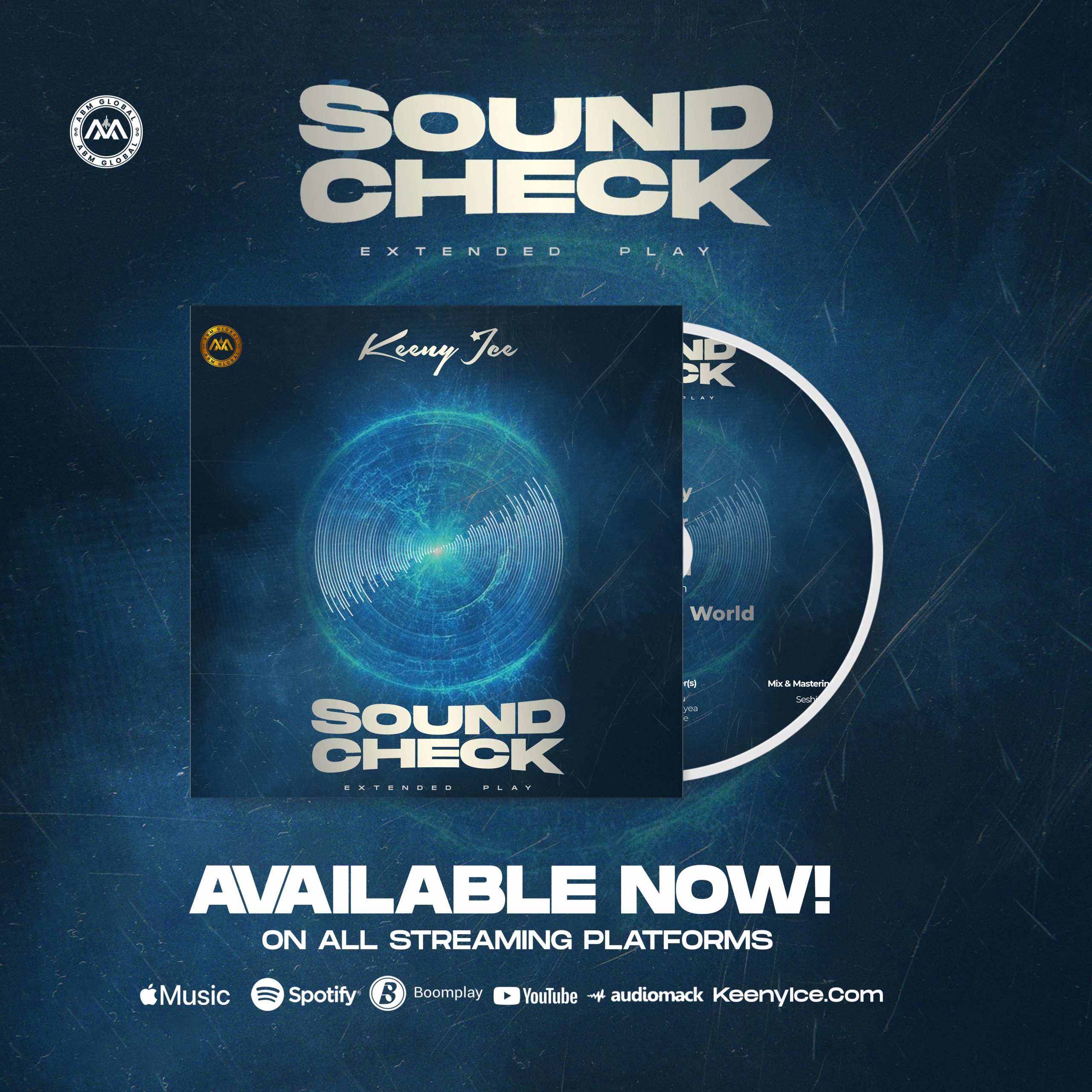In the ever-evolving world of music, the airwaves remain a powerful force in shaping our musical preferences and introducing us to new sounds. As we tune in to our favorite radio stations, we often wonder how these seemingly curated playlists come to be. What is the truth behind the selection process that determines which songs get airtime? Let’s delve into the intricacies of how radio stations decide which songs make it to their playlists.
Listen to our DME SERIES podcast on this topic here

- Music Directors and Programmers:
Behind the scenes, radio stations rely on experienced music directors and programmers to curate their playlists. These individuals possess a keen understanding of their target audience and the station’s brand. They closely monitor music trends, industry charts, and audience feedback to create playlists that resonate with their listeners.
- Research and Music Testing:
Before a song finds its way to the airwaves, it often undergoes rigorous research and music testing. Radio stations conduct focus groups, surveys, and call-out research to gauge the audience’s response to potential additions. This data-driven approach helps stations make informed decisions about which songs align best with their listeners’ tastes.
- Record Label and Artist Promotion:
Record labels and artistes play a significant role in getting their music on the radio. They actively promote their songs to music directors and programmers, pitching their tracks as potential additions to playlists. High-profile artists and well-established labels often have an advantage due to their established relationships with radio stations.
- Regional and Local Influence:
Radio stations often cater to specific regions or local communities. As a result, some stations prioritize songs by local artists or tracks that resonate with the cultural preferences of their audience. This approach fosters a sense of belonging and engagement within the local community.
- Format and Genre:
Radio stations typically adhere to specific formats and genres to cater to their target demographics. Different stations may focus on pop, rock, hip-hop, country, or other genres. The selection of songs revolves around maintaining a consistent format that appeals to the station’s core audience.
- Listener Requests:
In an age of social media and interactive technology, many radio stations encourage listeners to request songs they want to hear. Listener requests have a significant impact on playlist decisions and can influence the rotation of certain tracks.
- Chart Performance and Streaming Data:
The performance of songs on music charts and streaming platforms also influences radio airplay. Songs that top charts or receive significant streaming numbers are more likely to catch the attention of music directors and programmers, earning them coveted spots on playlists.
- Industry Relationships:
Personal relationships within the music industry can play a role in getting songs played on the radio. Strong relationships between artists, managers, and radio personnel can lead to increased visibility and airplay opportunities.
In conclusion, the process of selecting songs for radio airplay is a multifaceted and dynamic one. While factors like audience preferences, research data, and regional influences play pivotal roles, the behind-the-scenes efforts of music directors, record labels, and artist promotion also significantly impact the final playlist. The truth is that there is no one-size-fits-all approach, and radio stations strive to strike a delicate balance between catering to their audience and embracing new and emerging musical talent.
As listeners, our continued support and engagement with radio stations can help shape the musical landscape and ensure that diverse voices and genres find their rightful place on the airwaves.

